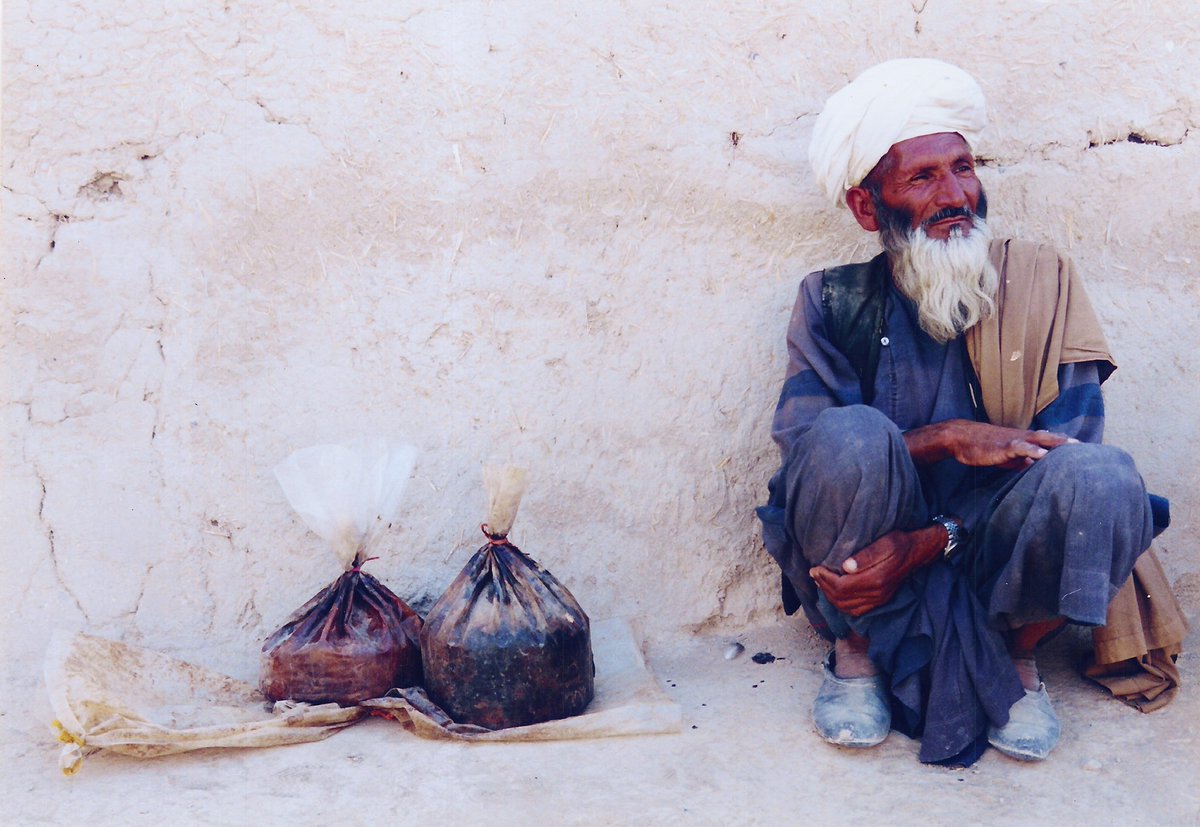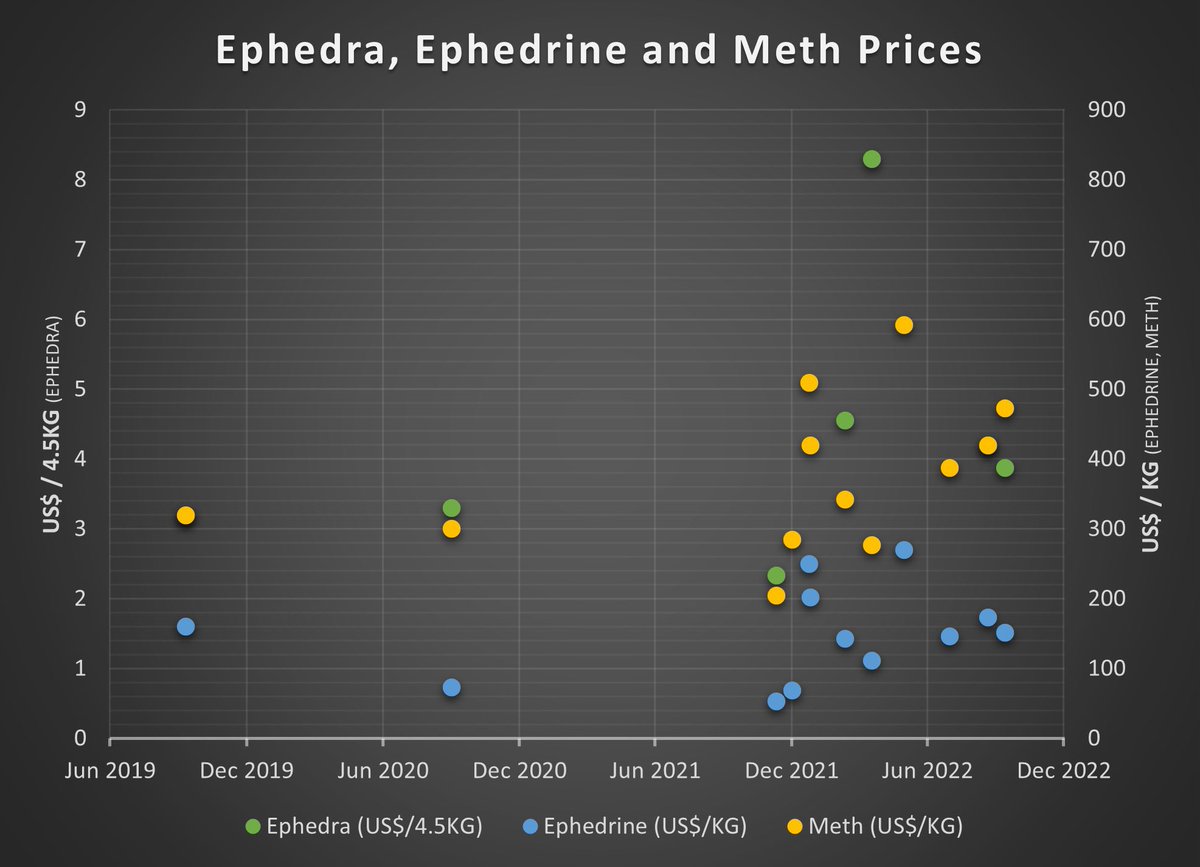1. The numbers of migrants departing Zaranj in Nimroz for Pakistan en route to Iran has increased exponentially. Reports indicate most are ex employees of the former Republic, some leaving along with their families, highlighting the desperate situation for many in Afghanistan.
2. We have been documenting these departures for some time. As early as June 2021 -some 2 months before the govt collapsed- we pointed to the dramatic rise in the number of migrants & the growing proportion of ANA/ANP amongst them.
https://twitter.com/mansfieldintinc/status/1405506144714596352
3. Since capturing Zaranj the the people smuggling business has been “regulated” by Taliban. Akin to other businesses, regulation has been minimal & often taken the form of restating pre-existing practices. Further evidence of the Taliban’s “small govt” approach to the economy. 



4. In the people smuggling business regulation has largely involved restating the number of people who can travel in each vehicle, differentiating between those transporting males & those transporting families, as well as the payments for minors. None of this was new.
5. However, business has also been more intermittent since the Taliban takeover. Departures have been restricted by the Pakistan authorities on the border and more recently by the Taliban, resulting in migrants accumulating in the hotels of Zaranj unable to leave. 


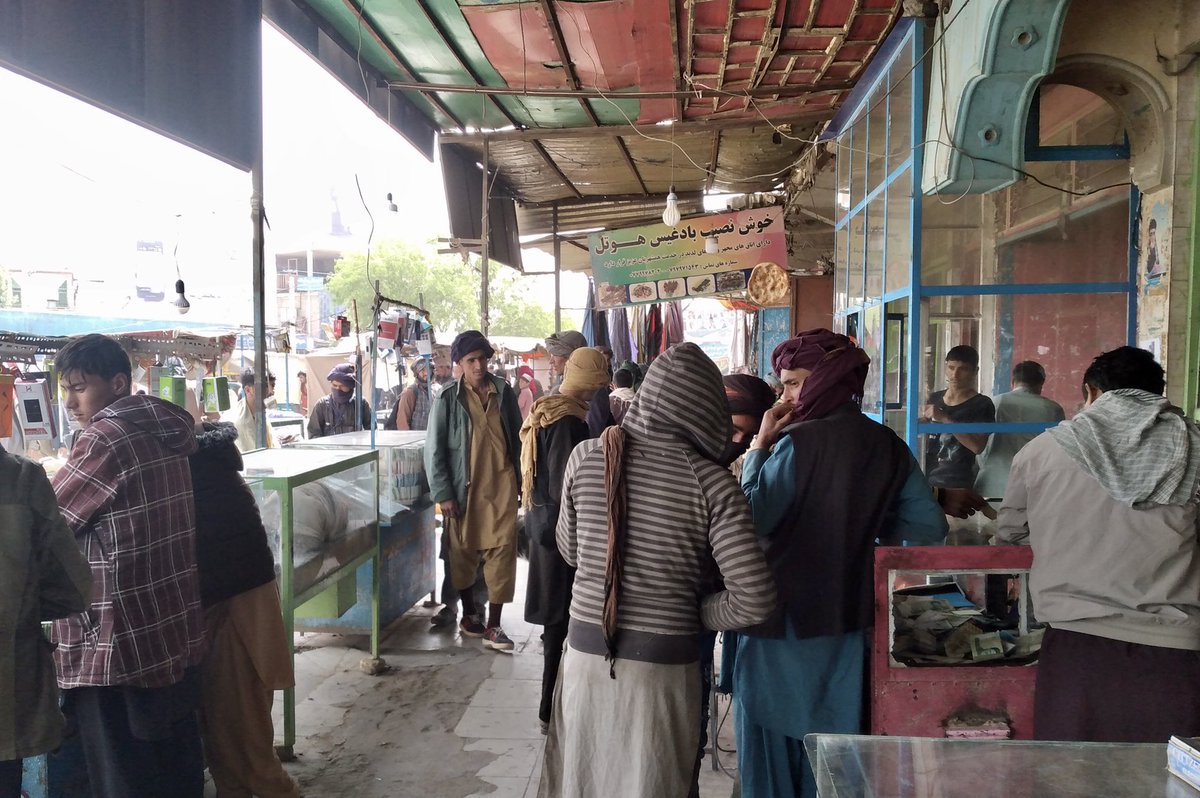


6. On 8 October one of these temporary closures came to an end. Due to the backlog of migrants that had built up as many as 1500 pickups left that day, a further 800 on the 9th. It is thought that as many as 60% of those leaving are former employees of the Republic.
7. The exodus led to a backup of cars of stretching 800 metres - 4 cars wide in places - from a checkpoint 4km south of the Customs House on the main road heading south to Charburjak. 

8. Now the business has the sanction of the new authorities the route is not as covert as it was in the days of the Republic. Whereas in the past the journey for migrants went from the hotels in the city to Masoomabad via 3 wheel vehicles. 





9. From there they boarded pickups & passed through the desert to Charburjak dc paying many checkpoints en route. Once across the river the vehicles took the long desert road to Dak on the Pakistan border where passengers would disembark before boarding another pickup to Iran 







10. In Dak the Taliban would collect a nominal fee from each pickup arriving from Zaranj, as well as those departing Dak for the Iranian border - a total of $6.25 for each vehicle (around $0.28 per passenger). 


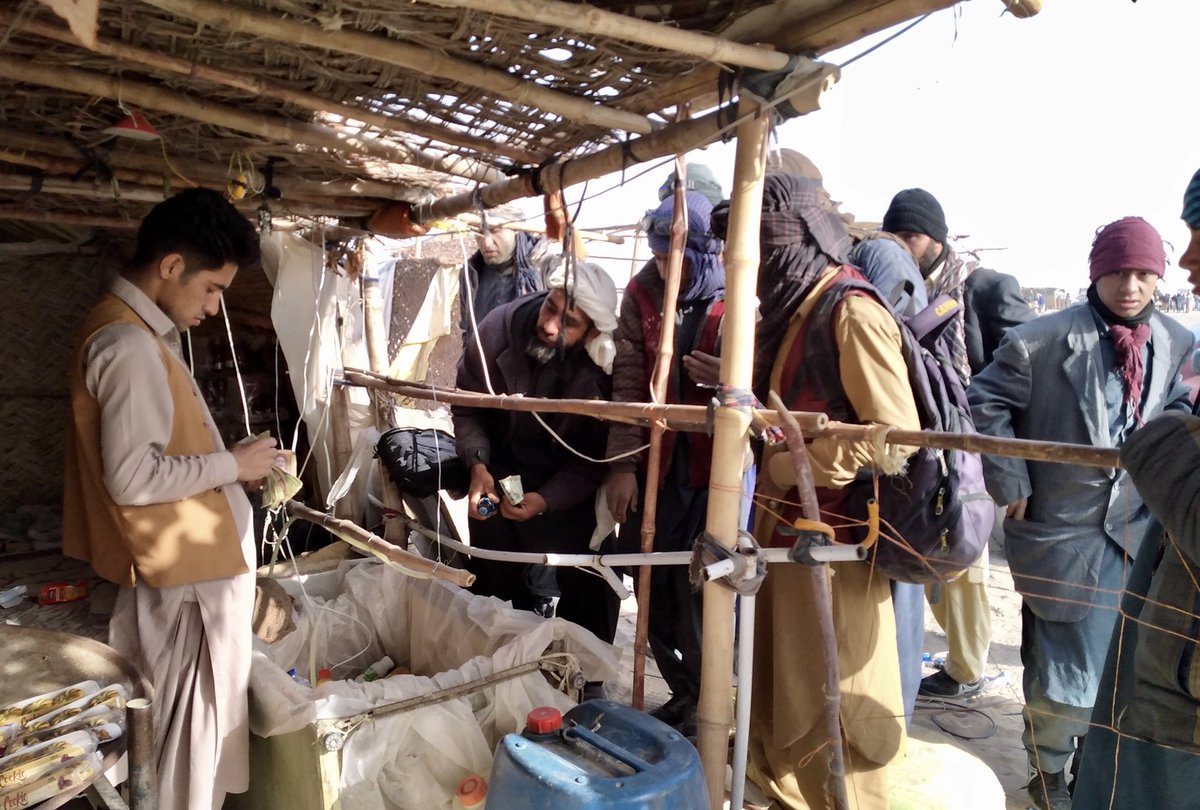
11. It was a circuitous route to Iran-200 km to Dak then another 150 km to the Mashkel mountains-with plenty of bribes to pay, the vast majority to corrupt officials from the Republic. While long & difficult it is easier than risking the more direct route over the Iranian border 

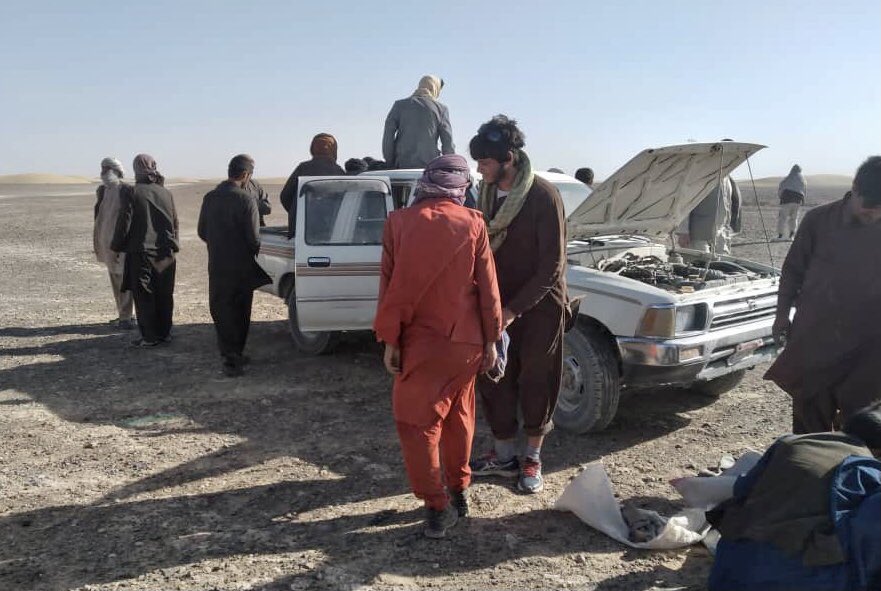

12. Now the journey to Charburjak dc is more straight forward. No need to travel to Masoomabad & the desert road to Charburjak. Instead the journey goes via the main road, reducing the travel time & vehicle damage. And there are none of the multiple checkpoints and fees. 





13. Now there is just one payment to the Taliban of 1000 Afs per vehicle (about $0.54/passenger) collected on the main highwayand no fee in Dak. As such there are much fewer transaction costs & potentially greater profits for the smuggler, especially now the fee has increased. 

14. Positioned on the junction of the two roads heading south from the city, and boxed in by an irrigation ditch, the checkpoint is perfectly situated to capture all those vehicles heading south and ensure everyone pays.
15. It’s hard to see the disadvantages for those involved in people smuggling: costs have gone down & there is greater certainty in their ability to move volume-which is where the real profits lie in the cross border trade of goods be it fuel, minerals, drugs, or even people.
• • •
Missing some Tweet in this thread? You can try to
force a refresh








